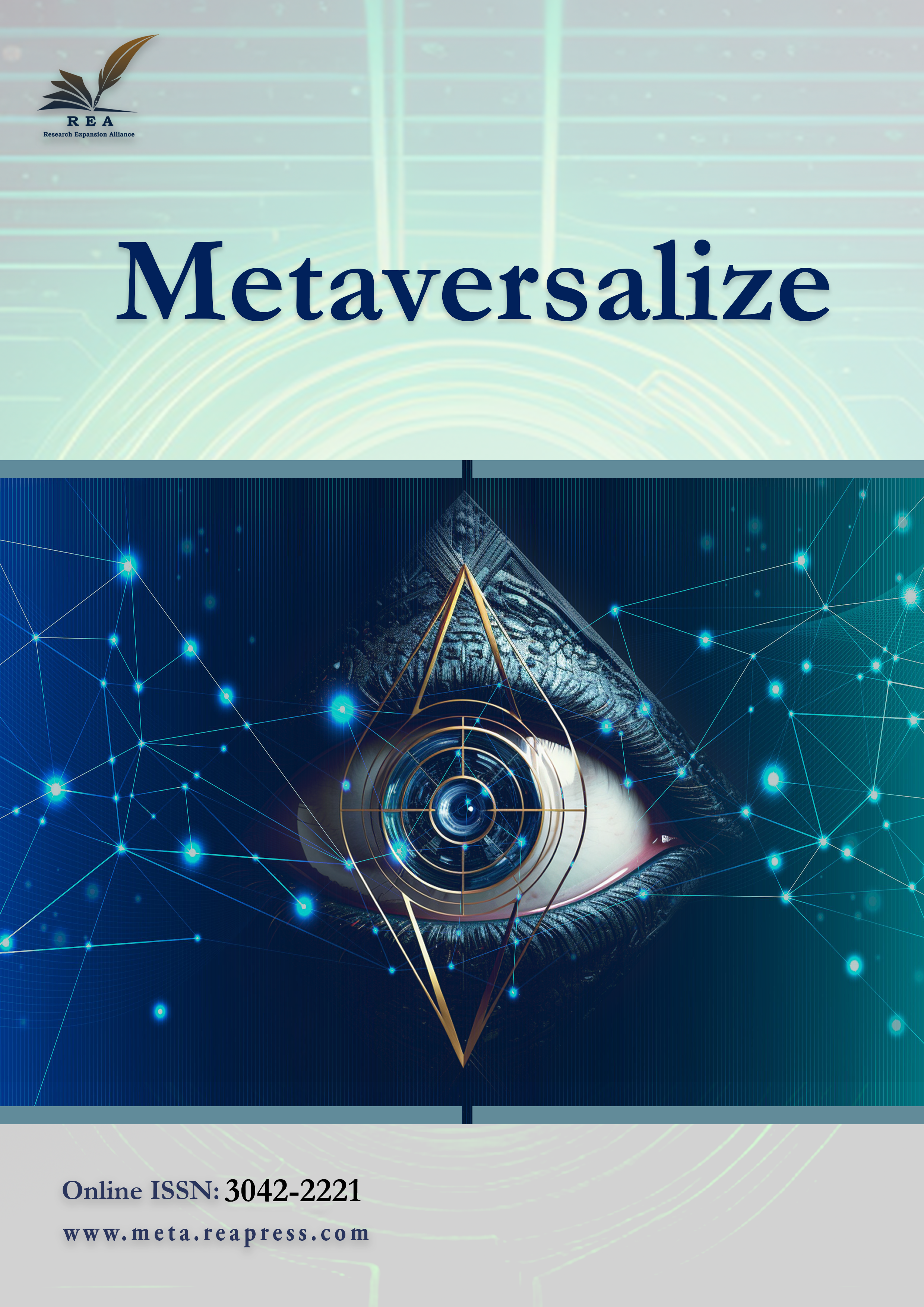AI-enhanced IoT security solutions for urban networks
Abstract
The Internet of Things (IoT) is transforming urban ecosystems by facilitating the development of smart cities, advanced transportation systems, and improved infrastructure management. Nevertheless, IoT systems encounter various security issues due to their decentralized architecture, restricted device functionalities, and the essential services they support. Artificial Intelligence (AI) has emerged as a viable approach to bolster IoT security in urban settings. This paper thoroughly examines AI-driven security methods for IoT networks, addresses the related challenges, and suggests future research avenues for creating secure, scalable, and dependable urban IoT frameworks.
Keywords:
Internet of things, Artificial intelligence, Smart cities, AI-driven securityReferences
- [1] Rehan, H. (2023). Internet of things (IoT) in smart cities: Enhancing urban living through technology. Journal of engineering and technology, 5(1), 1−16. https://mzjournal.com/index.php/JET/article/view/70
- [2] Salles, R. S., & Ribeiro, P. F. (2021). Smart cities, connected world, and internet of things. In Software defined internet of everything (pp. 17–33). Springer. https://doi.org/10.1007/978-3-030-89328-6_2
- [3] Musznicki, B., Piechowiak, M., & Zwierzykowski, P. (2022). Modeling real-life urban sensor networks based on open data. Sensors, 22(23), 9264. https://www.mdpi.com/1424-8220/22/23/9264
- [4] Djenna, A., Harous, S., & Saidouni, D. E. (2021). Internet of things meet internet of threats: New concern cyber security issues of critical cyber infrastructure. Applied sciences, 11(10), 4580. https://doi.org/10.3390/app11104580
- [5] Lone, A. N., Mustajab, S., & Alam, M. (2023). A comprehensive study on cybersecurity challenges and opportunities in the IoT world. SecuritY and privacy, 6(6), e318. https://doi.org/10.1002/spy2.318
- [6] Meziane, H., & Ouerdi, N. (2023). A survey on performance evaluation of artificial intelligence algorithms for improving IoT security systems. Scientific reports, 13(1), 21255. https://doi.org/10.1038/s41598-023-46640-9
- [7] Swain, B., Raj, P., Singh, K., Singh, Y., Singh, S., & Mohapatra, H. (2025). Ethical implications and mitigation strategies for public safety and security in smart cities for securing tomorrow. In Convergence of cybersecurity and cloud computing (pp. 419-436). IGI Global Scientific Publishing. https://doi.org/10.4018/979-8-3693-6859-6.ch019
- [8] Alaba, F. A., Othman, M., Hashem, I. A. T., & Alotaibi, F. (2017). Internet of things security: A survey. Journal of network and computer applications, 88, 10-28. https://doi.org/10.1016/j.jnca.2017.04.002
- [9] Sicari, S., Rizzardi, A., & Coen-Porisini, A. (2020). 5G in the internet of things era: An overview on security and privacy challenges. Computer networks, 179, 107345. https://doi.org/10.1016/j.comnet.2020.107345
- [10] Zhang, X., Chen, J., Zhou, Y., Han, L., & Lin, J. (2019). A multiple-layer representation learning model for network-based attack detection. IEEE access, 7, 91992-92008. https://doi.org/10.1109/ACCESS.2019.2927465
- [11] Ahmad, Z., Shahid Khan, A., Wai Shiang, C., Abdullah, J., & Ahmad, F. (2021). Network intrusion detection system: A systematic study of machine learning and deep learning approaches. Transactions on Emerging Telecommunications Technologies, 32(1), e4150. https://doi.org/10.1002/ett.4150
- [12] Kabir, M. H., Hasan, K. F., Hasan, M. K., & Ansari, K. (2022). Explainable artificial intelligence for smart city application: A secure and trusted platform. In Explainable artificial intelligence for cyber security: next generation artificial intelligence (pp. 241-263). Cham: Springer International Publishing. https://doi.org/10.1007/978-3-030-96630-0_11
- [13] Wu, Y., Dai, H. N., & Tang, H. (2021). Graph neural networks for anomaly detection in industrial internet of things. IEEE internet of things journal, 9(12), 9214-9231. https://doi.org/10.1109/JIOT.2021.3094295
- [14] Kumar, M., Kumar, A., Verma, S., Bhattacharya, P., Ghimire, D., Kim, S. H., & Hosen, A. S. (2023). Healthcare internet of things (H-IoT): Current trends, future prospects, applications, challenges, and security issues. Electronics, 12(9), 2050. https://doi.org/10.3390/electronics12092050
- [15] Nawaz, M., & Babar, M. I. K. (2025). IoT and AI for smart agriculture in resource-constrained environments: Challenges, opportunities and solutions. Discover internet of things, 5(1), 24. https://doi.org/10.1007/s43926-025-00119-3
- [16] Farahani, B., & Monsefi, A. K. (2023). Smart and collaborative industrial IoT: A federated learning and data space approach. Digital communications and networks, 9(2), 436-447. https://doi.org/10.1016/j.dcan.2023.01.022






